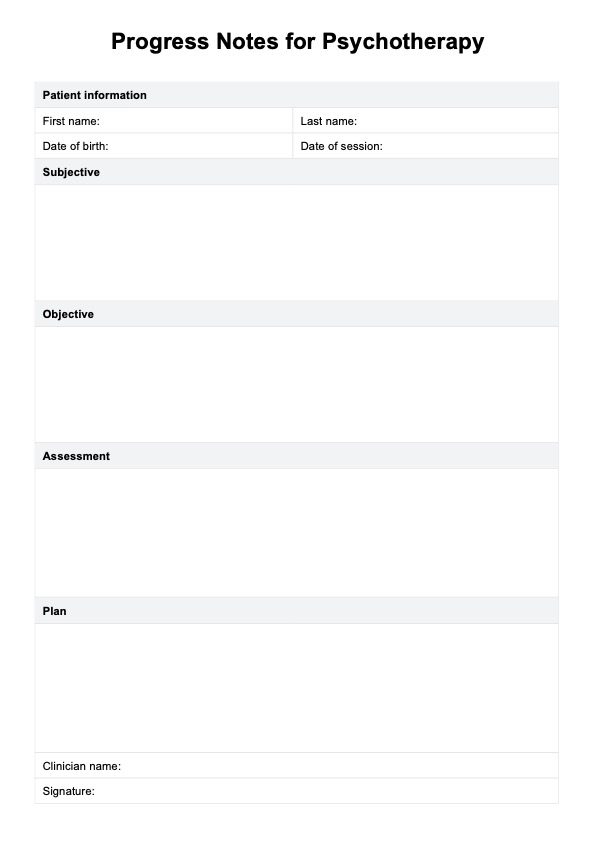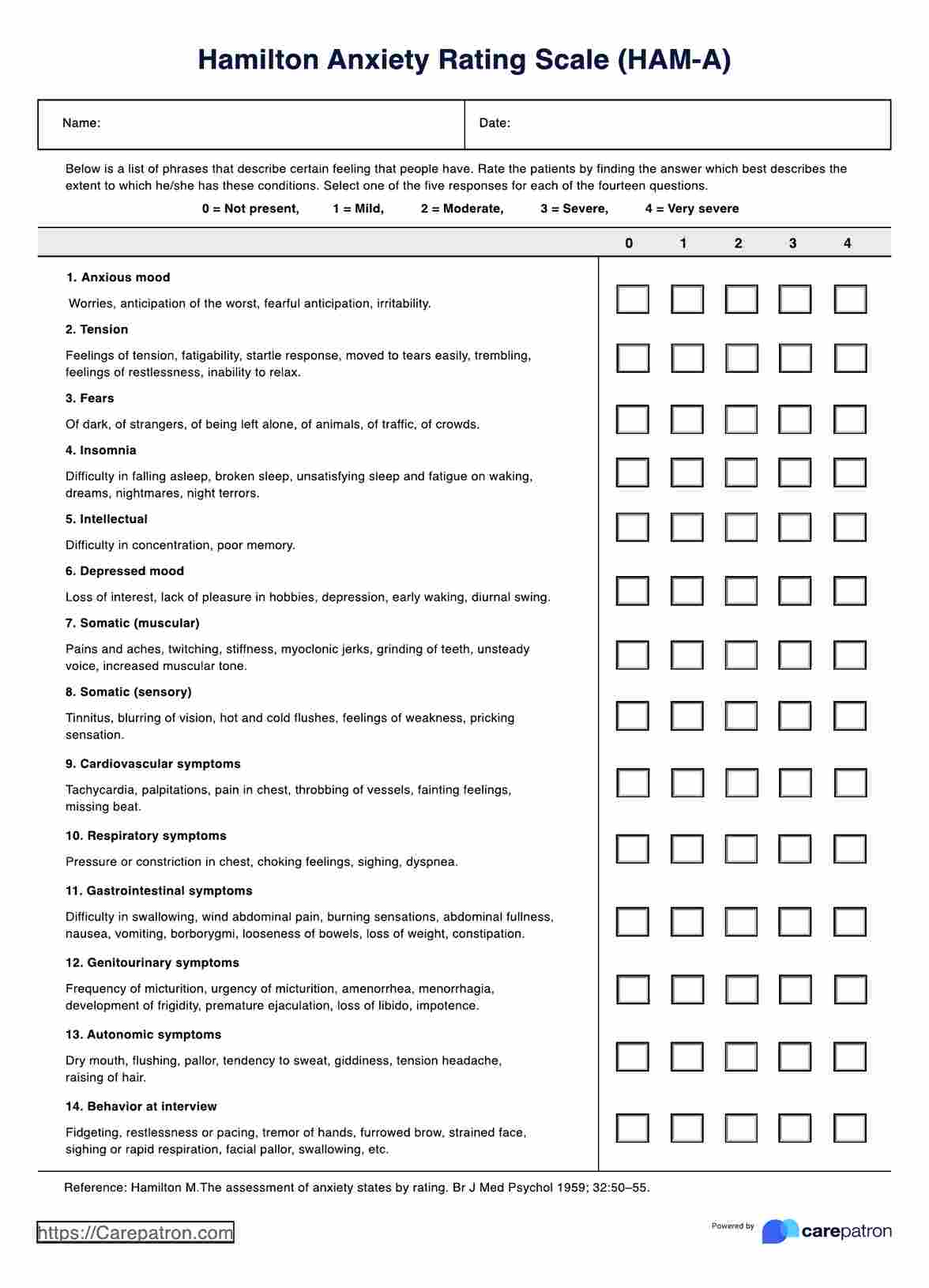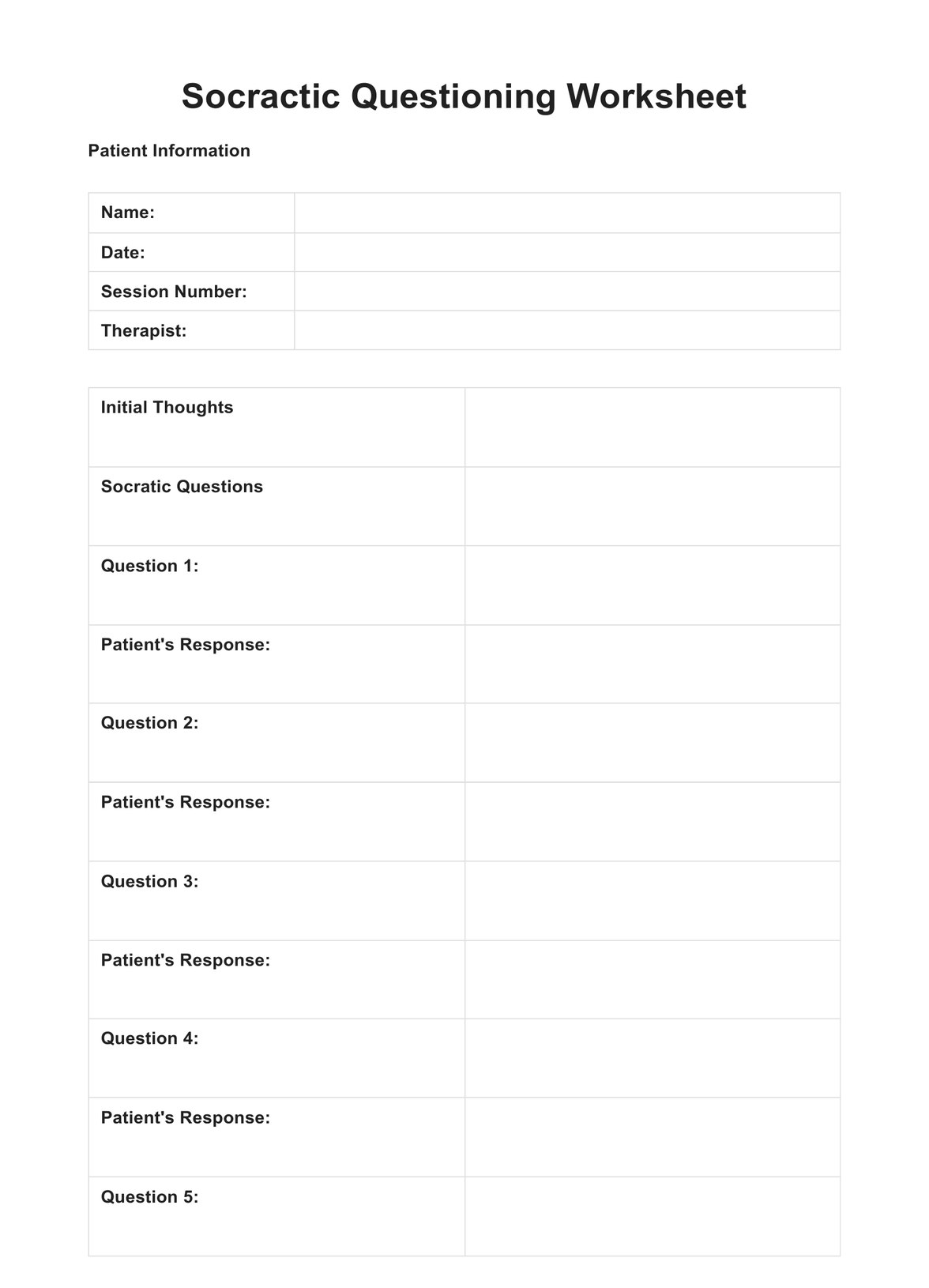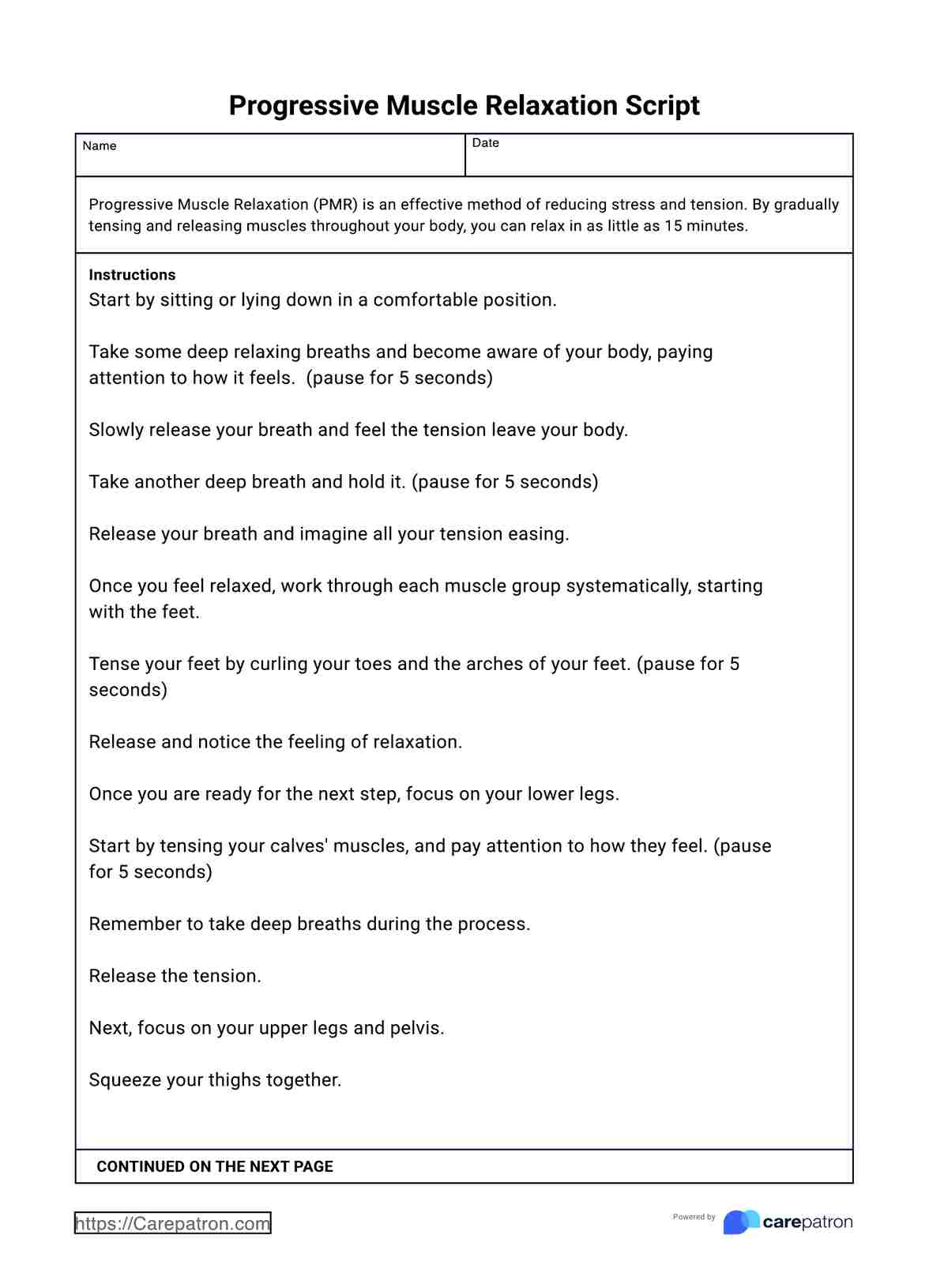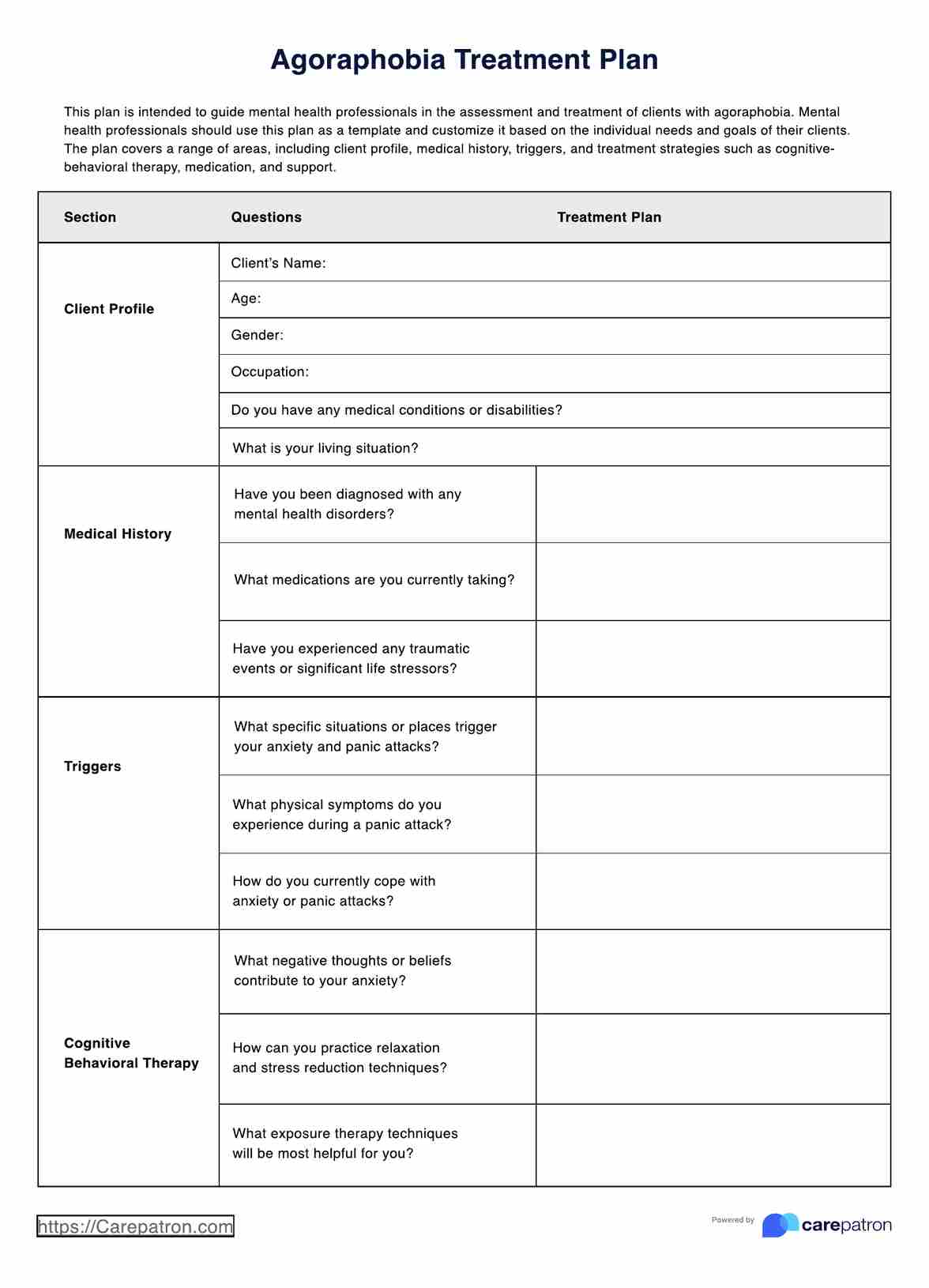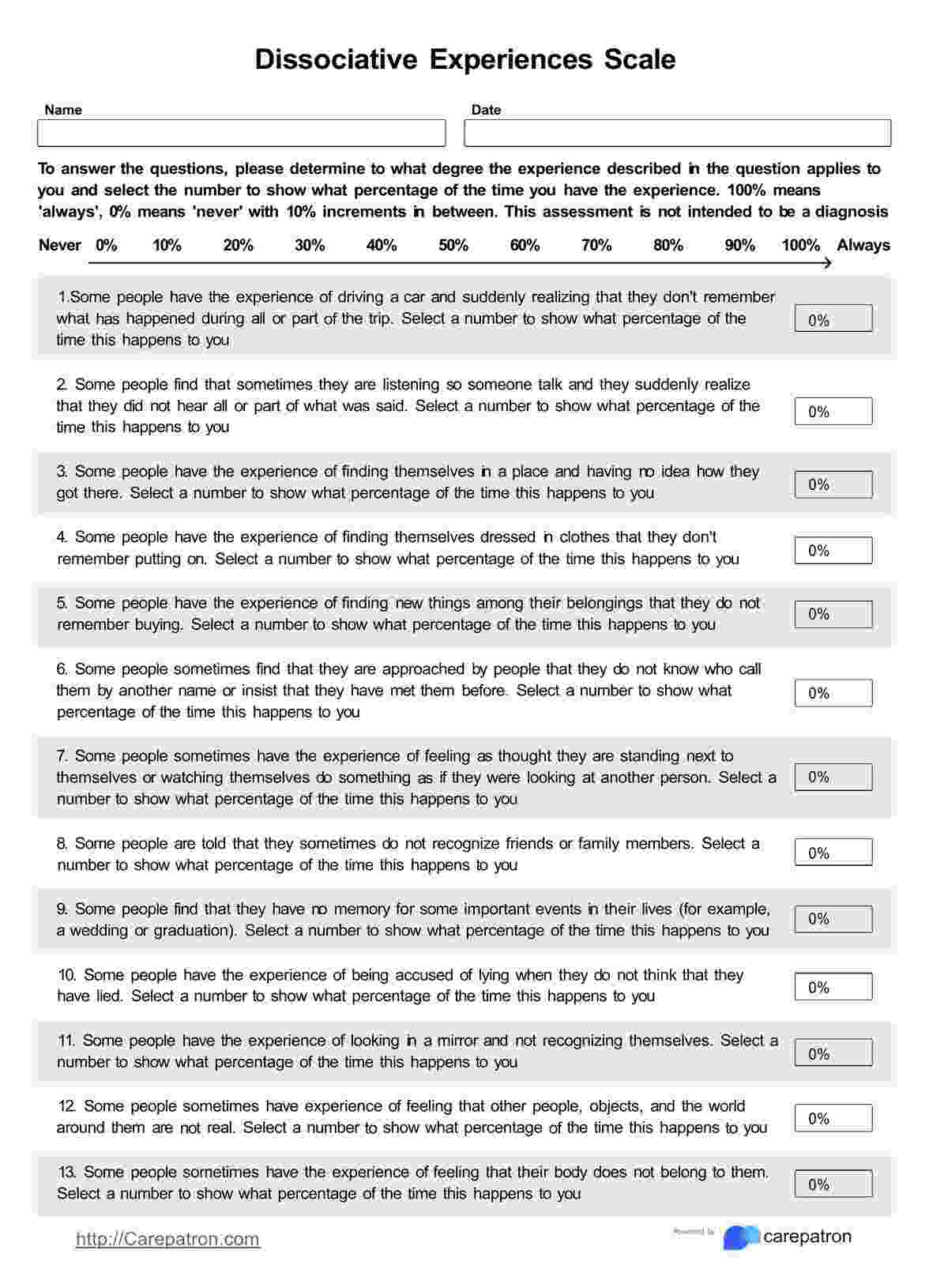Emotional Abuse Test
Gain insights into your emotional well-being with our Emotional Abuse Test. Identify potential signs of emotional abuse and prioritize your mental health.


What is emotional abuse?
Emotional abuse is a pervasive form of psychological mistreatment that can occur in various relationships, including partnerships, families, and friendships. This type of abuse involves a pattern of behaviors that systematically undermine an individual's emotional well-being and self-esteem. Recognizing the signs of emotional abuse is crucial for fostering awareness and taking steps toward healing.
In an emotionally abusive relationship, individuals may experience constant criticism, humiliation, and manipulation. These actions are aimed at exerting control and power over the victim, leading to psychological harm. Emotional abuse between partners also often coexists with other forms of abuse, such as physical, financial, or sexual abuse, contributing to a complex and harmful dynamic within the relationship.
Identifying warning signs is essential for those concerned about their well-being or the well-being of someone they know. Signs may include the person feeling unsafe or uncomfortable in the relationship, experiencing a loss of self-esteem, or noticing a consistent effort by the abuser to exert control over various aspects of the victim's life.
To assist individuals in recognizing and understanding potential emotional abuse, there are tools available, such as the Emotional Abuse Test. This assessment can provide valuable insights into the dynamics of an individual's relationship, helping them identify red flags and take appropriate action. It's important to seek support from friends, family members, or social services if immediate danger or threats are present, as emotional abuse can escalate and have severe consequences on one's mental health and overall quality of life.
Emotional Abuse Test Template
Emotional Abuse Test Example
How to identify an emotionally abusive relationship
Verbal and emotional domestic abuse signs include:
- Insults and put-downs, your partner may call you names, make fun of you, or belittle you in front of others, all of which can indicate an abusive relationship.
- Your partner may threaten to harm you, themselves, or someone you care about. They may also try to control you, applying domestic violence through fear or intimidation.
- Gaslighting where your partner makes you question your own reality. They may deny things they said or did, or they may try to convince you that you're imagining things.
- Your partner may constantly criticize you, even for minor things. They may also blame you for everything that goes wrong in the relationship.
Controlling behavior:
- Your partner may try to isolate you from your friends and family. They may make you feel like you can't trust anyone else.
- Your partner may be excessively jealous and possessive. They may try to control who you see and what you do.
- Your partner may keep tabs on you through your phone, social media, or GPS in a way that is more controlling than regular safety concerns.
- Your partner may control your finances, or they may make you feel guilty about spending money.
Changes in your behavior:
- You may feel like you have to be careful about what you say or do around your partner, or find yourself being worried about upsetting them or making them angry.
- You may start to believe the negative things your partner says about you. You may feel worthless and insecure and see a significant drop in self-esteem.
- You may experience anxiety or depression as a result of the abuse.
- You may have trouble sleeping or eating, or you may experience changes in your weight.
How does this emotional abuse test work?
- Individuals should reflect on their experiences and respond to each question honestly. The questions are designed to prompt consideration of specific behaviors, patterns, or dynamics within their relationships.
- For most of the questions, respondents answer each question with a "yes" or "no" based on their experiences. This straightforward approach simplifies the process and allows individuals to focus on recognizing behavior patterns.
- Not only is it important whether a behavior has occurred, but also the frequency and severity of these occurrences. This helps individuals gauge the overall impact on their well-being and the dynamics of their relationships.
- After answering all the questions, individuals review their responses to identify patterns or trends. A pattern of "yes" responses to multiple questions may indicate potential areas of concern regarding emotional abuse.
Download this Emotional Abuse Test example:

Interpreting the results & next steps
A pattern of yes responses may indicate a potential cause for concern, as well as answers where individuals are experiencing regular instances of emotional mistreatment.
- The test aims to provide individuals with personal insight into their relationships. It serves as a tool for self-reflection, allowing individuals to become more aware of potentially harmful dynamics within their relationships.
- Based on their reflections and the patterns identified, individuals can make informed decisions about seeking support or professional help if they feel it is necessary. The test is not a diagnostic tool but can be a starting point for recognizing the need for further exploration.
- If individuals have concerns about their experiences or relationships, the test encourages them to consider seeking support from mental health professionals who can provide a more in-depth assessment and guidance.
The importance of a safety plan
The importance of a safety plan in the context of emotional abuse cannot be overstated. Emotional abuse often involves manipulation, control, and unpredictable behavior, creating an environment where the victim may feel trapped and vulnerable. A safety plan serves as a proactive and personalized strategy to enhance one's security and well-being.
It typically includes practical steps to take in case of escalating emotional abuse, contact information for supportive friends or family, and resources for seeking professional help. A safety plan empowers individuals to regain control over their circumstances and provides a structured approach for responding to potential threats or emotional mistreatment.
It acts as a lifeline, offering clear guidelines and advice for when and how to reach out for help, fostering resilience, and facilitating a path toward a safer and healthier future. If you or someone you know is experiencing emotional abuse, creating and implementing a safety plan can be a crucial step towards breaking free from the cycle of abuse and establishing a supportive network for recovery.
Research and evidence
Research on the long-term consequences of early childhood trauma, with a specific focus on emotional abuse, underscores the critical importance of using emotional abuse tests. One study delves into the risk factors faced by adults who were exposed to emotional abuse during childhood, predicting that individuals reporting emotional abuse exhibit higher scores for depression, anxiety, stress, and neuroticism personality compared to those with other forms of abuse (Dye, 2019).
Utilizing tools such as the NEO Five-Factor Inventory, Depression Anxiety and Stress Scale, and Childhood Trauma Questionnaire, the study, involving 748 college students, solidifies these predictions. Another study emphasizes the severe impact of emotional abuse, asserting that it may be the most damaging form of maltreatment, leading to developmental consequences equivalent to or more severe than those of physical or sexual abuse (Rees, 2009).
This research highlights the urgent need for public awareness campaigns and evidence-based treatments to address the psychological aftermath of emotional abuse. The lack of public and political attention to emotional abuse, despite its core and frequently most damaging dimension, accentuates the importance of these tests in early recognition, intervention, and the prioritization of services and clinical research to mitigate the enduring societal costs of domestic violence.
References
Dye, H. L. (2019). Is Emotional Abuse As Harmful as Physical and/or Sexual Abuse? Journal of Child & Adolescent Trauma, 13(4). https://doi.org/10.1007/s40653-019-00292-y
Rees, C. A. (2009). Understanding emotional abuse. Archives of Disease in Childhood, 95(1), 59–67. https://doi.org/10.1136/adc.2008.143156
Commonly asked questions
It helps gauge the presence of various behaviors used to control and manipulate someone emotionally, like insults, blame, or isolation.
No, they are self-assessment guides, offering a preliminary indication, not a definitive diagnosis. Seek professional help for a thorough evaluation.
Not necessarily. High scores warrant reflection and exploration, but other factors like stress or unhealthy communication styles could also play a role.


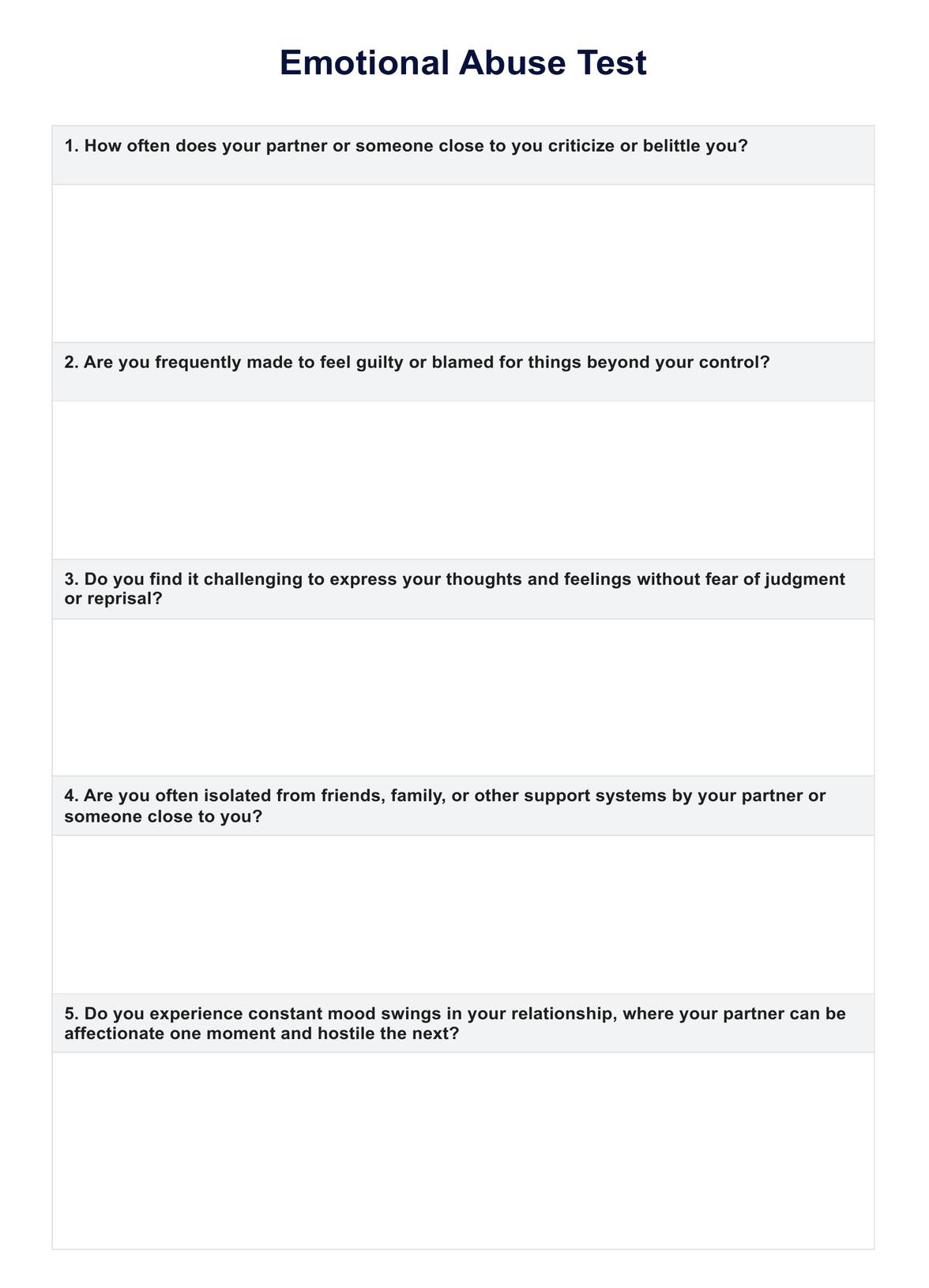
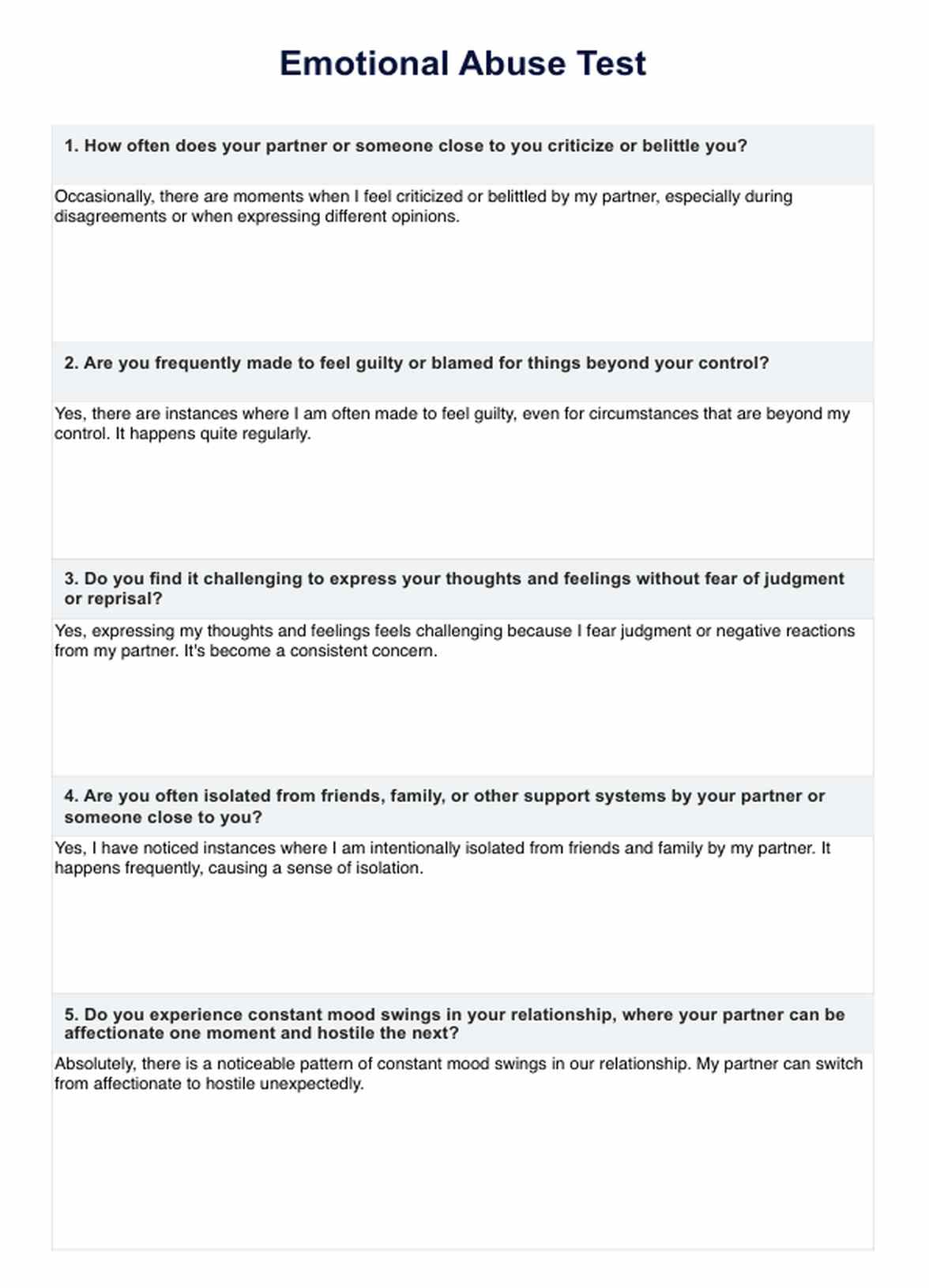
















-template.jpg)

























































































